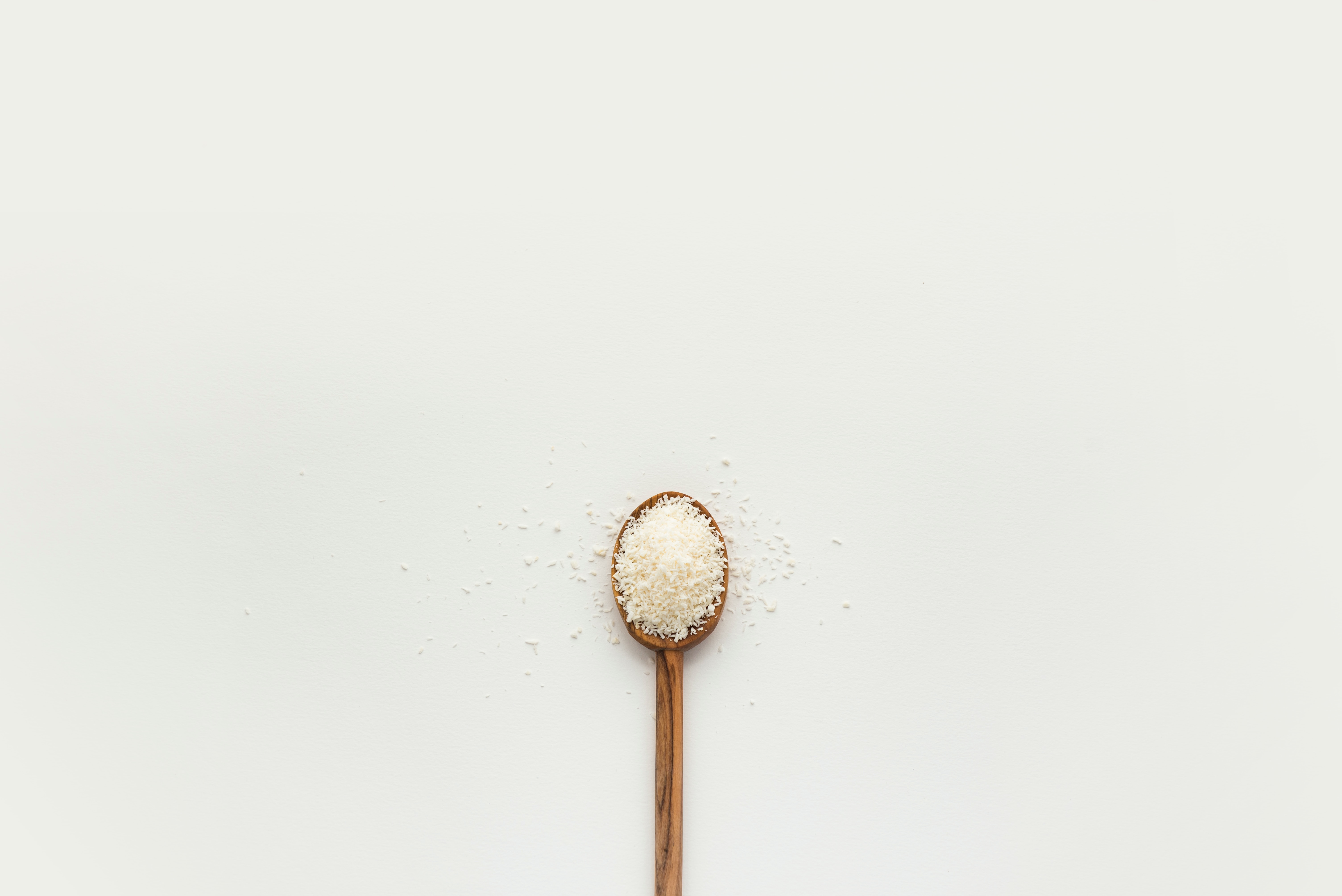Salt vs. sodium: What are they, what's the difference, and why do we use them?

We often use the words salt and sodium interchangeably, but they are a bit different. What are they, what’s the difference, and why do we use them?
Sodium is a mineral, and one of the chemical elements found in salt. It is naturally occurring, and one of the most common elements found on earth (In fact, it’s the 6th most abundant element).
Salt is made of both sodium and chlorine to create sodium chloride. (40% sodium and 60% chloride). There are different kinds of salt commonly available on the market. Table salt is generally mined from underground salt deposits. It is refined to create a fine salt grain and minerals are removed. Because of its fine grain, it will be heavier by volume than salts with larger crystals like those found in kosher salt. Kosher salt is less refined than table salt and has larger grains. The grains don’t compact together as neatly, so a pinch is a little coarser and not as dense.
Table salt also has iodine added to it. Iodine is an essential nutrient that helps maintain a healthy thyroid. Originally, iodization was adopted in 1924 to reduce the incidence of goiter, an enlargement of the thyroid gland, especially in some parts of the US where soil levels of iodine were extremely low (Great Lakes Region, etc.). Table salt also often has additives such as cornstarch to prevent it from clumping.
Sea salt is created from evaporation of ocean water or water from saltwater lakes. It generally involves less processing. Sea water, depending on the water source, may have certain trace minerals and elements like potassium, iron, and calcium. However, the amounts are very minuscule. The minerals add flavor and color to sea salt, which also comes in a variety of coarseness levels.
Nutritionally, salt is salt.
They all have a composition of sodium 40% and chloride 60%. However, they do have slight differences in taste, coarseness (texture), and processing methods.
Salt in the form of sodium chloride, plus other forms of sodium, are added to processed and prepared foods for several different reasons.
- The most obvious is that it makes food taste good. Salt doesn’t just give a salty flavor – it enhances other flavors. This is why sometimes you might see people add salt to watermelon or in caramel – it intensifies the sweet taste and adds depth.
- Another reason is to improve texture and appearance. For example, baking soda (also known as sodium bicarbonate) is often added to baked goods to help them rise and be fluffy.
- Sodium compounds are also added to foods to preserve freshness, extend shelf life, and decrease the growth of bacteria that could make us sick.
It's unrealistic to cut out all sodium from the foods we eat, and we actually do need some to stay healthy. But how much sodium is too much? Our next blog post will address this question, plus where sodium tends to come from in the American diet.


